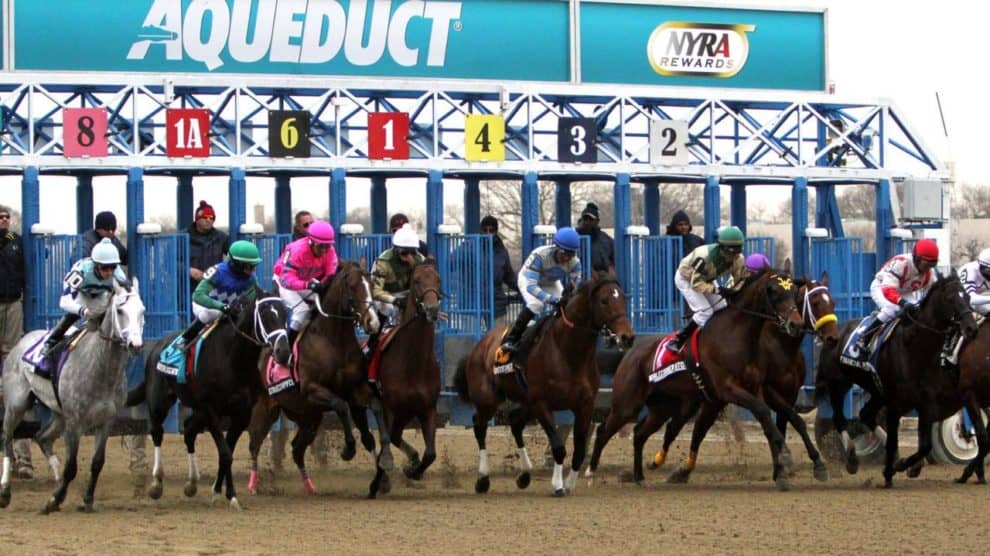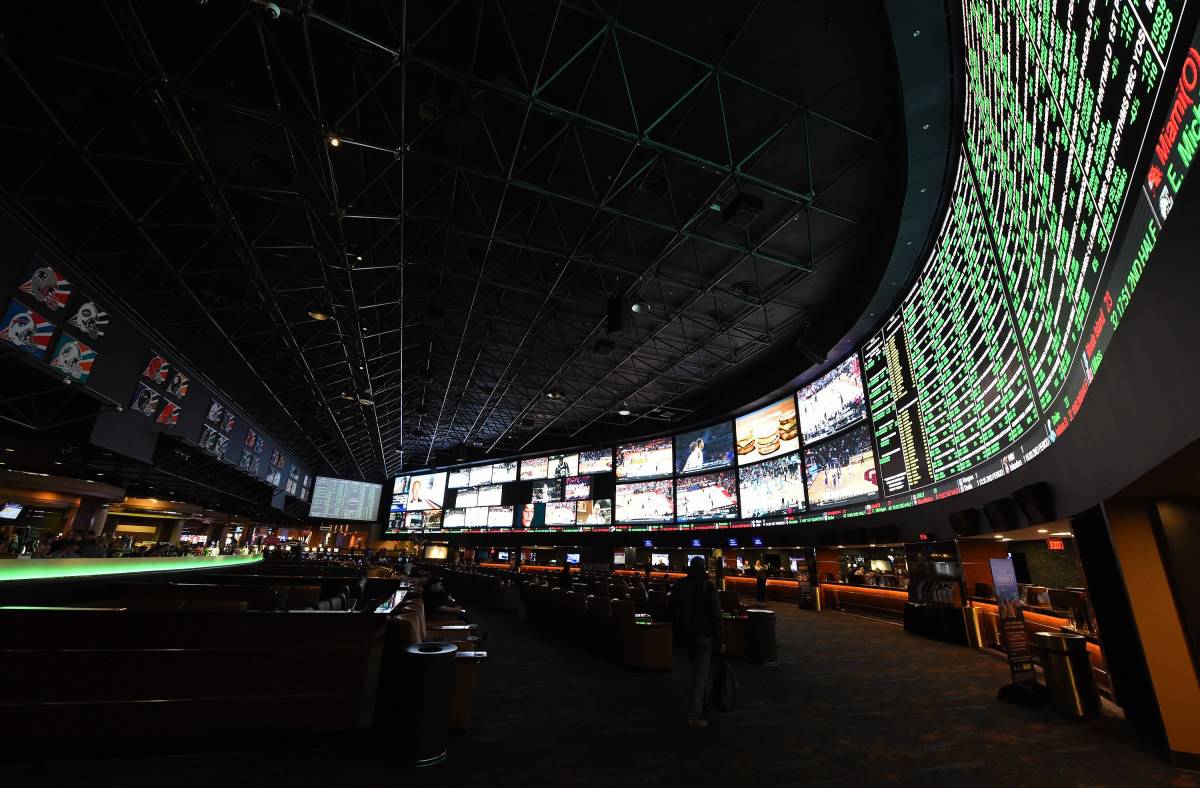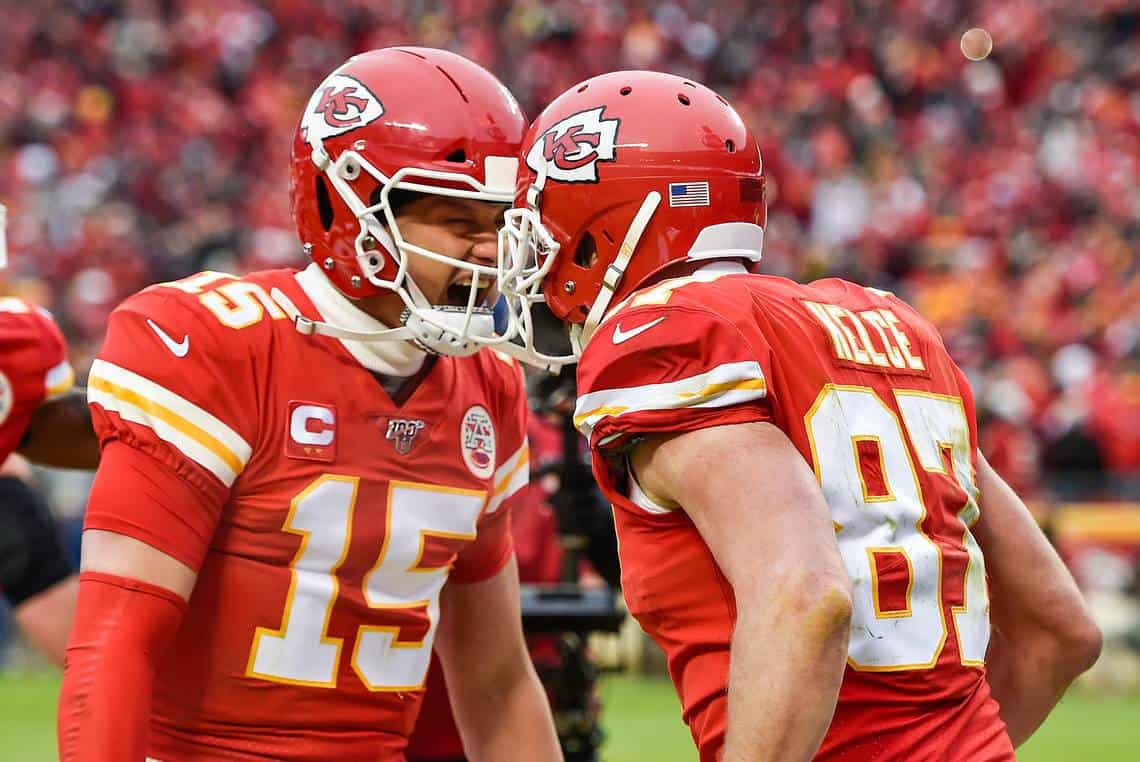
- The COVID-19 pandemic has been a mixed bag for horse racing worldwide.
- Ironically, tracks that have been running without fans in attendance have seen mostly solid gains in betting handle.
- Aqueduct’s fall meet saw a 12.8% improvement in the daily average handle over 2019.
Horse racing was one of the first betting oriented sports to return to action at the start of the COVID-19 pandemic and when they’ve been able to race they’ve generally done well–at least at the betting window. The ‘when they’ve been able to race’ bit is the operative phrase there. Racetracks have been closed in many jurisdictions as part of COVID-19 related restrictions. In many cases, the justification has been nonsensical. For example, in late November the COVID-19 spike in California resulted in the closure of Golden Gate Park while Del Mar was allowed to keep racing. Making these closures more ridiculous is that the tracks have been running without fans and even without racing employees that stay on the backstretch to care for the horses remain. In other words, the conditions with races is no different than having the track go dark.
Tracks that have been able to run a full schedule of dates have done well. For Del Mar’s recently completed fall meet aka ‘The Bing Meet’ all sources handle was up 25% over the same meet a year ago. More recently, the fall meet at NYRA’s Aqueduct racetrack has shown some improvement–at least in some metrics. Although total handle was down it’s tough to do an ‘apples to apples’ comparison between 2019 and 2020. In 2019, Aqueduct ran 233 races over 25 programs. The 2019 Thanksgiving Day card was canceled due to bad weather as were the final five races of the 12/1/19 card.
For 2020, NYRA reduced the schedule to 175 races run over 18 programs. They raced four days a week three times and three days a week twice. In addition, the Thanksgiving Day Card was scrapped. The result was an all sources handle of $166,702,976 compared to $205,249,710 last year.
The average daily handle increased this year which is considered a good sign. The 2020 average daily handle was $9,261,276 an increase of 12.8 percent over the 2019 daily average of $8,209,988. If you want to do some more math, we can look at the average handle per race: $952,588.43 in 2020 (based on dividing the all sources handle by number of races) compared to $880,900.04 in 2019. We can also project out what the total handle would have been had Aqueduct run a 233 race schedule this year: $221,953,104 based on the average handle per race multiplied by 233. Translated–despite the lower overall handle the ‘micro’ view is still good.
All sources handle on the fall meet’s biggest card–the Cigar Mile Day card–was down significantly from last year. Handle on the 2020 Cigar Mile Day card was $11,645,229, down 37% from 2019’s handle of $18,518,056. This isn’t really surprising–big events like this draw sizable live gates with a higher percentage of ‘casual’ racing fans than usual. Since fans were not allowed to attend races at Aqueduct the ‘party’ component of Cigar Mile Day was not a factor. Thus it became almost ‘another day at the races’ as opposed to a big marquee event.
One by-product of the truncated race schedule appears to be an increase in field size. Average field size at the 2020 meet was 8.75 horses per race compared to 8.43 horses per race in 2019.
Anecdotally, the narrative appears to be an increase in off track betting activity likely due to the same reasons that have produced a bump in other sports–people are either at home due to COVID-19 restrictions or else have a limited menu of entertainment options. What will be interesting to see is if this bump in betting activity on daily race cards can be maintained after a COVID-19 vaccine is widely adopted and some degree of normalcy returns.
The answer to this question might not be as simple as you’d think. During the early days of the COVID-19 pandemic there were few sports of any type active anywhere in the world. Sportsbooks were forced to take action on whatever was available–esports, table tennis and Korean baseball were among the first of these events. These ‘niche’ events drew remarkably large betting handle right out of the gate but the expectation was that once major US sports returned bettors would forget about them entirely. That hasn’t been the case–particularly with table tennis which has improbably become a fixture on betting boards all over the world.









